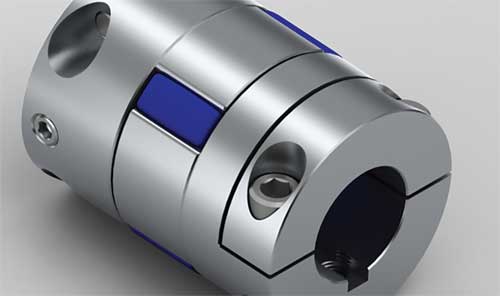
Jaw couplings are not suited for shaft misalignment, but can be useful when dampening torsional vibration.
By: Steven Elliot • OEP Couplings
Shaft couplings face many hurdles: Excessive misalignment, vibration, and exposure to chemicals and dirt can all lead to premature coupling failure. One particularly pernicious foe is elevated ambient temperature, which de-rates and degrades most types of flexible couplings.
Engineers often resort to rigid couplings, instead of flexible, in high-temp environments. However, thermal cycling and dimensional creep can cause shaft misalignment in even the most carefully aligned systems. Even a temperature as pedestrian as 140° F is high enough to de-rate most flexible couplings. Just because a coupling is rated for a max ambient temp of 180° F, that doesn’t mean that the coupling is optimally suited for, or will have long service life in, continuous 140° F temperatures; particularly if misalignment and torque also approach that coupling’s limits.
In the past, designers have used helical (beam) couplings and bellows couplings for high-temp applications because they’re all metal. These couplings have their disadvantages and limitations, however.
A helical coupling is a flexible coupling that has been designed to fail in order to protect equipment from excessive loads. At elevated temperatures, helical couplings will also be de-rated, making fatal plastic deformation and fatigue, and premature failure more likely.
Helical couplings exert high reactive forces on support bearings, with force proportional to misalignment. Again, a high-temp application that’s already pushing a bearing to the limits of its specs is the wrong time and place to also exert an unusually high radial force on that bearing.
Bellows couplings are typically very light-duty couplings, more common in instrumentation than they are in typical high-temp equipment. Mining equipment, for example, does not require many light-duty couplings.
High-temperature jaw couplings
To many engineers, the jaw coupling is the default image that comes to mind when picturing a flexible shaft coupling. That’s actually unfortunate—the jaw coupling is not very flexible, has high reactive forces proportional to misalignment and is a poor default choice in most applications. However, it can be used when the primary purpose of the coupling isn’t to accommodate shaft misalignment, but rather to dampen torsional vibration. Couplings made of a high-temp spider molded from Viton are compatible with most chemicals, oils and solvents.
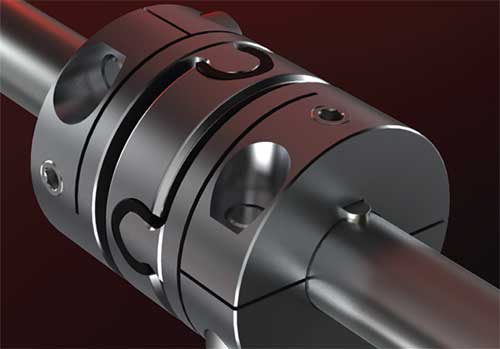
Elevated temperatures can add stress to bearings, amplifying the negative effects of a high side-load from misaligned shafts being forced into alignment by a rigid coupling.
High-temperature Oldham couplings
Instead of the jaw coupling, the classic Oldham coupling should be a mechanical designer’s default first choice for most flexible shaft coupling requirements. The Oldham coupling is very flexible, accommodating a very large radial misalignment, and some angular misalignment, with very little reactive force required to make it flex. And it’s homokinetic—the input and output have the same speed at all times throughout a rotation, making it ideal for precise positioning and servo systems.
High-temperature Oldham/universal couplings
Oldham couplings’ one major weakness is a lack of angular flexibility—typically 0.5°. Oldham/universal couplings, with the usual rectangular tenon or fin replaced by a cylinder, can accommodate up to 6° of angular misalignment, while still allowing the same very large radial misalignments of a classic Oldham.
OEP Couplings
www.oepcouplings.com
Filed Under: Couplings, MOTION CONTROL

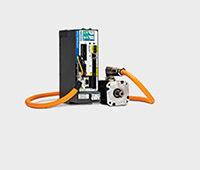
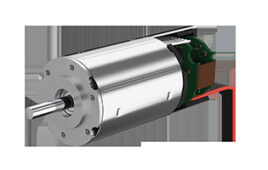
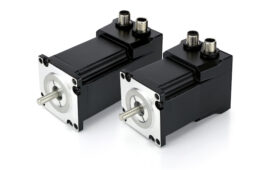
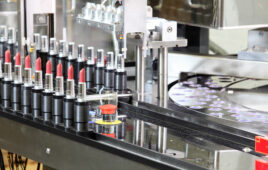
Tell Us What You Think!